Imagine a battlefield, shrouded in darkness, where the only light comes not from lanterns or torches, but from a soft blue-green glow shimmering on the wounds of fallen soldiers. It sounds like something out of a fantasy novel, yet this mysterious light was a very real phenomenon during the American Civil War. Soldiers called it the “Angel’s Glow,” and its story is as eerie as it is miraculous. In the chaos and desperation of war, an unexpected alliance formed between humans and glowing bacteria, leading to one of the most bizarre and life-saving medical marvels in history.
The Battlefield Conditions: A Perfect Storm for the Unusual
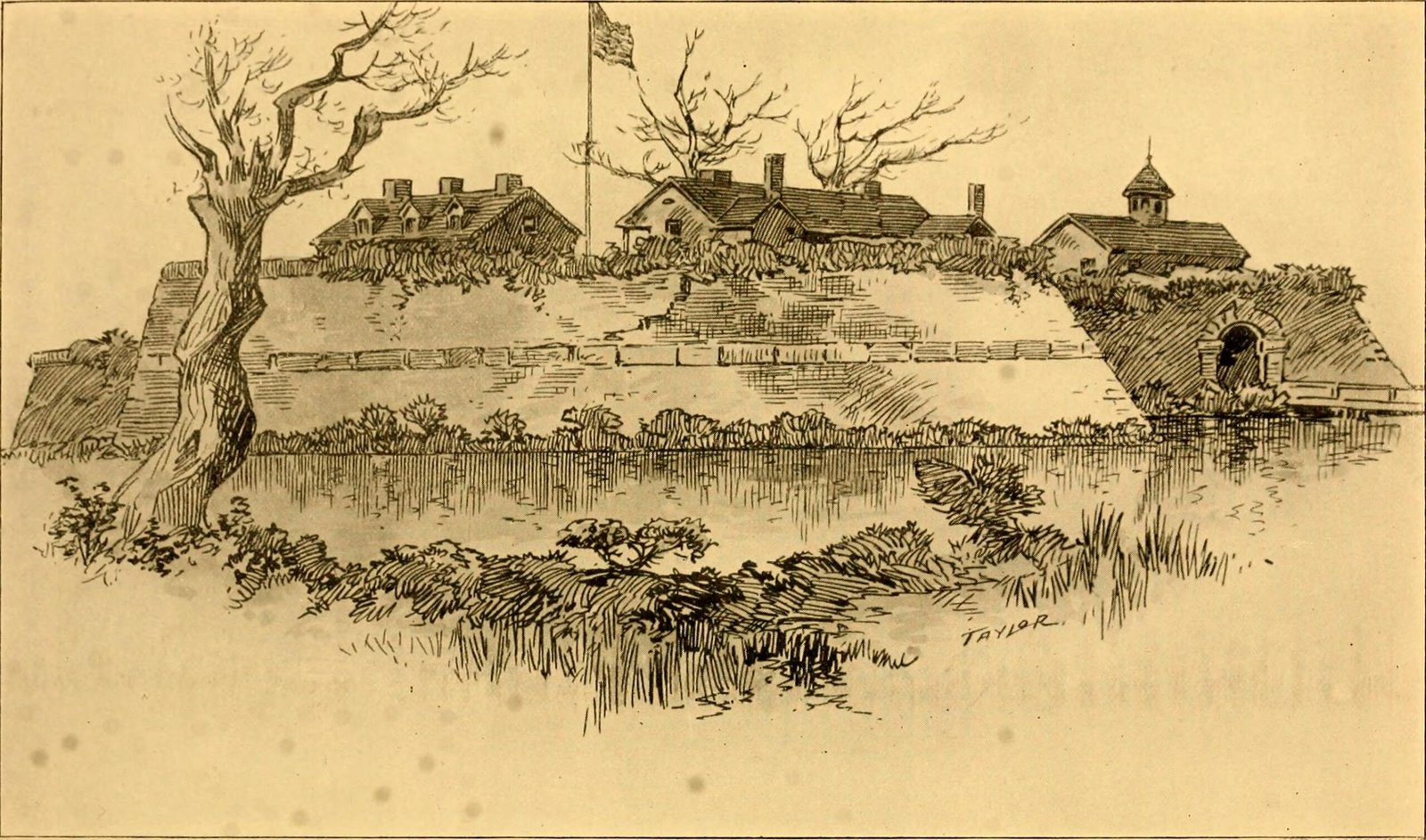
The American Civil War was marked by muddy trenches, unsanitary camps, and the constant threat of infection. Medical knowledge was still limited, and antiseptics were virtually unknown. Soldiers often lay wounded for hours or days before receiving any help, exposed to the elements and all manner of bacteria. Rain-soaked soil and decaying organic matter created breeding grounds for countless microorganisms, turning every injury into a potential death sentence. The combination of dirt, humidity, and blood created an environment ripe for both illness and, surprisingly, a miraculous glow. The battlefield was a crucible, forging both tragedy and a phenomenon that would become legendary among soldiers.
The Enigma of the Angel’s Glow
For many soldiers, the sight of glowing wounds was initially terrifying. Some believed it to be a supernatural omen, a sign that death was near or that angels watched over the dying. Yet, as days passed, a pattern emerged: those whose wounds glowed often survived, and their injuries healed better than those without the mysterious light. The glowing wounds became a symbol of hope amid horror, earning the name “Angel’s Glow.” Soldiers whispered stories around campfires, passing on tales of comrades who had been touched by this strange, otherworldly light and lived to tell the tale. The enigma baffled both medics and men, fueling rumors and awe in equal measure.
Bioluminescence: Nature’s Living Lanterns

Bioluminescence—the ability of living organisms to produce light—is one of nature’s oldest tricks. From fireflies lighting up summer nights to deep-sea creatures glowing in the blackest oceans, this phenomenon is a dazzling display of chemistry and survival. In the case of the Civil War, the glow was caused by bioluminescent bacteria known as Photorhabdus luminescens. These bacteria emit a gentle blue-green light, visible in the darkness. Their glow is not just beautiful; it is a byproduct of unique chemical reactions within the bacteria, involving enzymes called luciferases. On the battlefield, this glow transformed the grim reality of festering wounds into something almost magical and unexpectedly healing.
A Serendipitous Discovery: The Science Behind the Glow
It took over a century for scientists to unravel the true cause of the Angel’s Glow. In the early 2000s, two high school students, William Martin and Jonathan Curtis, pieced together the clues and proposed a groundbreaking explanation in a science fair project. They discovered that Photorhabdus luminescens, typically found in soil and carried by nematode worms, could infect wounds. But instead of harming the soldiers, these bacteria produced chemicals that killed off more dangerous pathogens. In the cool, damp conditions of the battlefield, the bacteria thrived and glowed, while their antibiotic-like properties helped heal wounds. This accidental alliance between wounded men and glowing microbes might have saved countless lives.
The Role of Temperature and Battlefield Environments
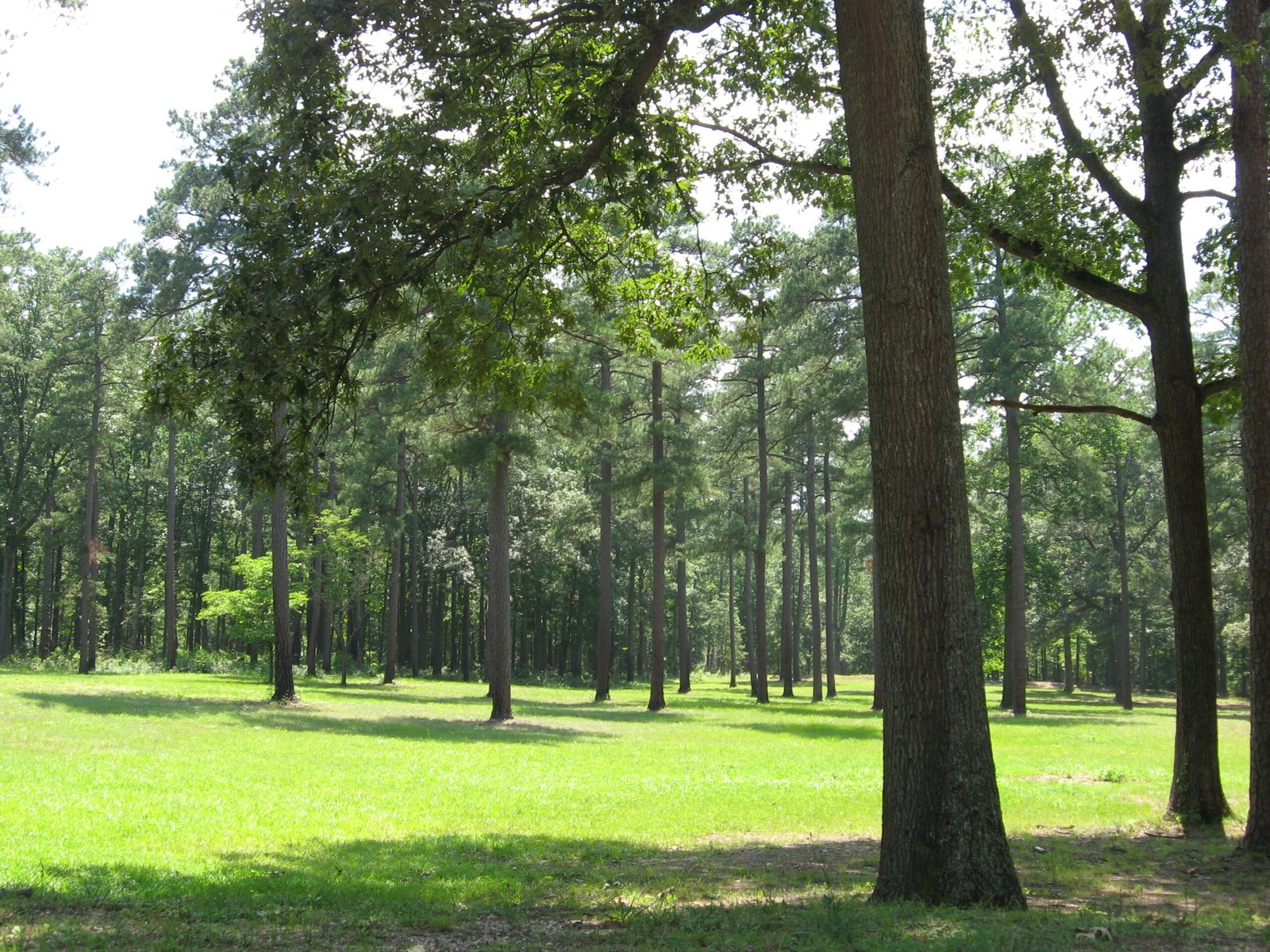
An intriguing twist in this story is the role of temperature. Photorhabdus luminescens cannot survive at normal human body temperatures. However, wounded soldiers lying for hours in the cold mud often developed hypothermia, lowering their body temperatures enough for the bacteria to survive and flourish. The battlefield thus became an accidental incubator for these glowing healers. The chilling irony is that the very conditions that made the soldiers vulnerable—cold, wet, and exhaustion—also enabled the bacteria to work their magic. The environment, so hostile in every other way, turned into an unlikely partner in healing.
Antibiotics Before Their Time
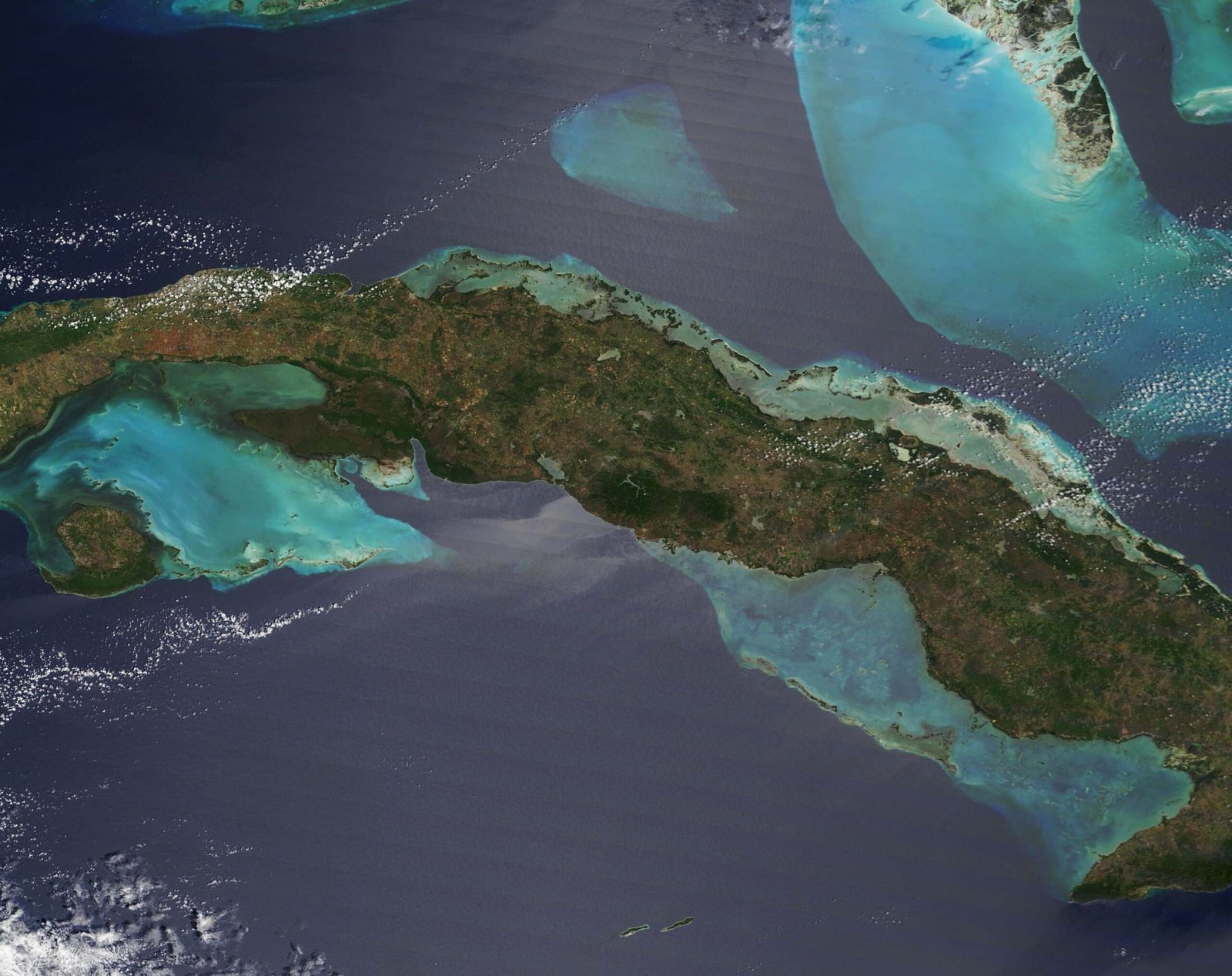
Long before penicillin and modern antibiotics, nature provided its own solution. Photorhabdus luminescens produces a range of antimicrobial compounds, including enzymes and toxins that target harmful bacteria. When these glowing bacteria colonized wounds, they effectively outcompeted and destroyed more dangerous microbes like Staphylococcus and Streptococcus, which were common killers in Civil War hospitals. This natural antibacterial defense meant that soldiers with glowing wounds were less likely to die from infections—the leading cause of death in the war. It’s as if the earth itself reached up to lend a hand, delivering a life-saving treatment centuries before science would catch up.
The Mystery’s Impact on Medical Science
The story of the Angel’s Glow has inspired scientists and doctors to look more closely at nature’s own antibiotics. The compounds produced by Photorhabdus luminescens are now being studied for new ways to fight drug-resistant infections, a growing threat in modern medicine. The strange events of a 19th-century battlefield now echo in 21st-century research labs, reminding us that solutions to our greatest challenges might be found in the most unexpected places. The Angel’s Glow stands as a testament to the power of curiosity, observation, and the extraordinary partnerships that can emerge between humans and the microbial world.
Soldiers’ Stories: From Despair to Hope
Firsthand accounts from Civil War soldiers bring the story to life. Letters and diaries describe the shock and wonder of seeing wounds light up in the night. For some, the glow was a sign of impending death, but for many others, it became a symbol of hope and survival. The glowing wounds offered comfort in a world turned upside down by violence and loss. They created bonds between comrades and sparked legends that would be passed down for generations. These personal stories remind us that even in the darkest times, a glimmer of light—however strange—can make all the difference.
Legends and Folklore: The Angel’s Glow in Popular Imagination
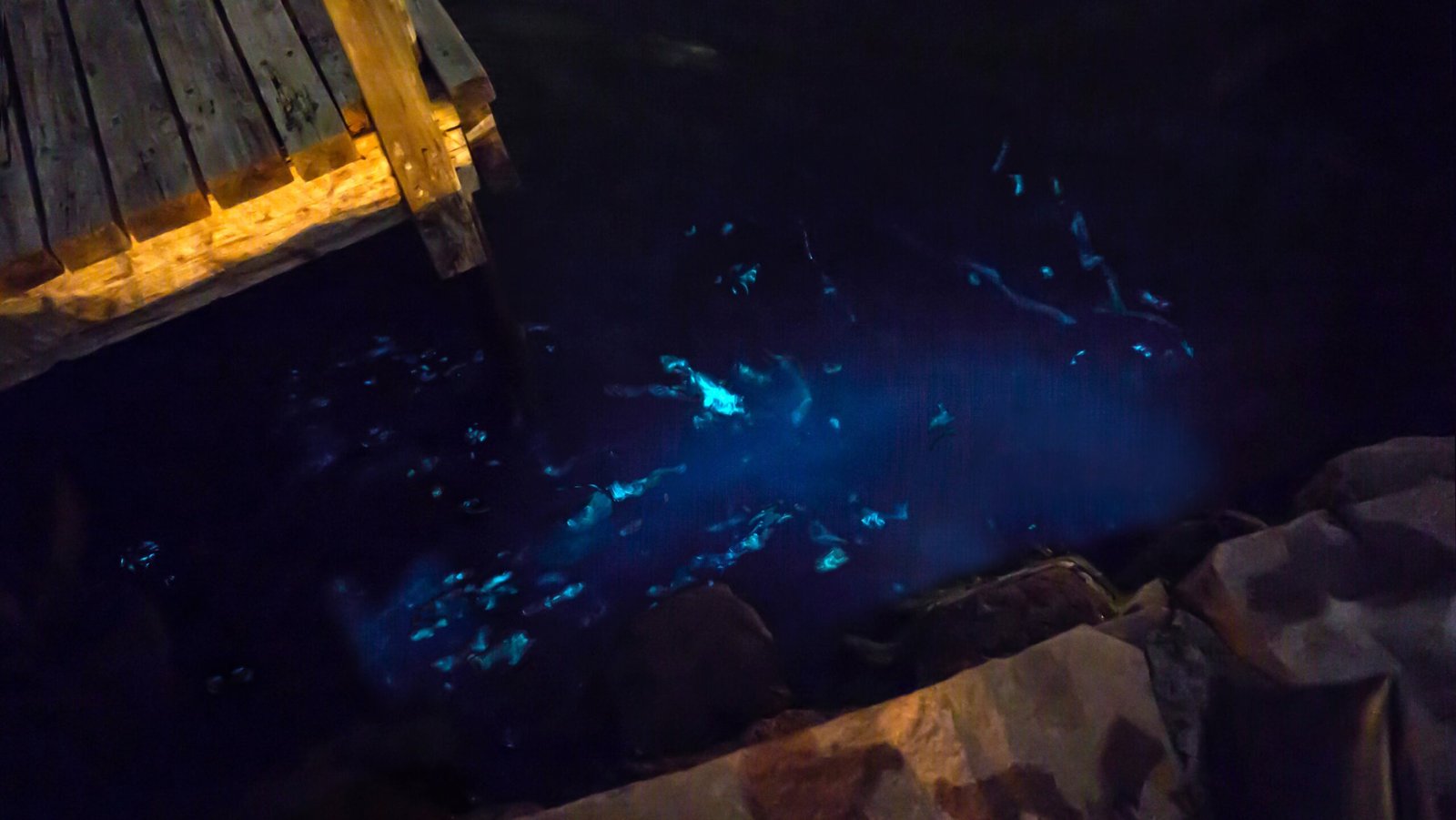
Over time, the Angel’s Glow took on a life of its own in folklore and storytelling. Parents told their children about the miraculous glow that saved lives during the war, and writers wove it into poems and novels. The phenomenon became a symbol of hope, faith, and the mysterious ways that nature can intervene in human affairs. Even today, the story of the Angel’s Glow captures the imagination, blurring the lines between science and legend. It serves as a powerful reminder that sometimes, the most extraordinary events arise from the most ordinary circumstances.
A Modern Perspective: Lessons from the Past
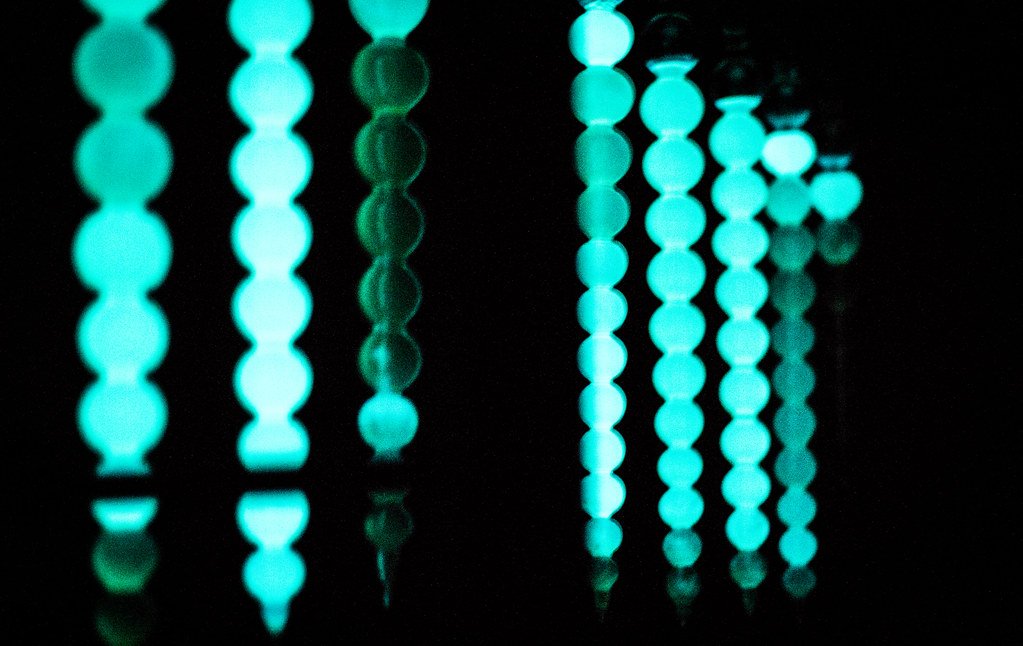
Today, the tale of the bioluminescent bacteria of the Civil War is more than a historical curiosity—it’s a lesson in humility and wonder. It challenges us to keep our eyes open to the mysteries that surround us, to embrace the unknown rather than fear it. The Angel’s Glow reveals how nature’s hidden powers can change the course of history, often without us even realizing. It encourages scientists, doctors, and everyday people to explore, question, and appreciate the unexpected miracles that life has to offer. In a world still wrestling with disease and infection, the glow that once saved soldiers continues to inspire hope and curiosity.
The Enduring Mystery: What Else Lies Hidden?
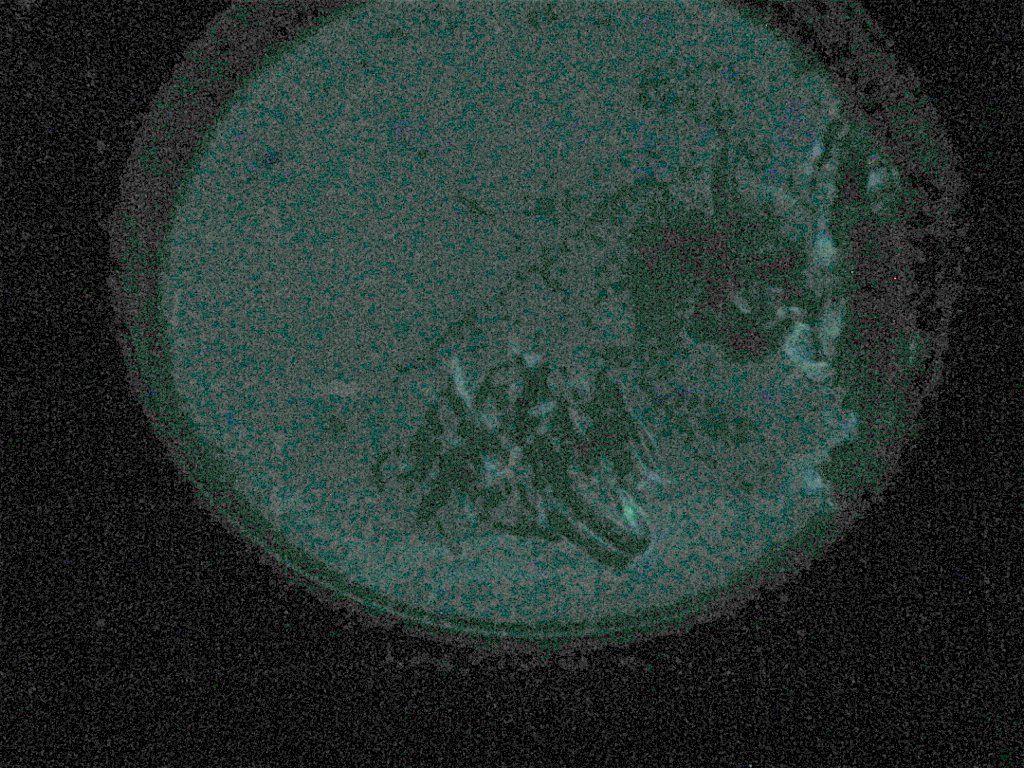
The story of the Angel’s Glow leaves us with a lingering sense of awe. If a simple soil bacterium could save lives on a Civil War battlefield, what other secrets might nature be hiding? The possibility sparks the imagination and invites a sense of adventure. The next great medical breakthrough could be lying in wait in a forgotten corner of the world, just as the glowing bacteria once slumbered in the mud. The past teaches us that sometimes, the answers we seek are right under our feet, waiting for us to notice their quiet, miraculous light.




